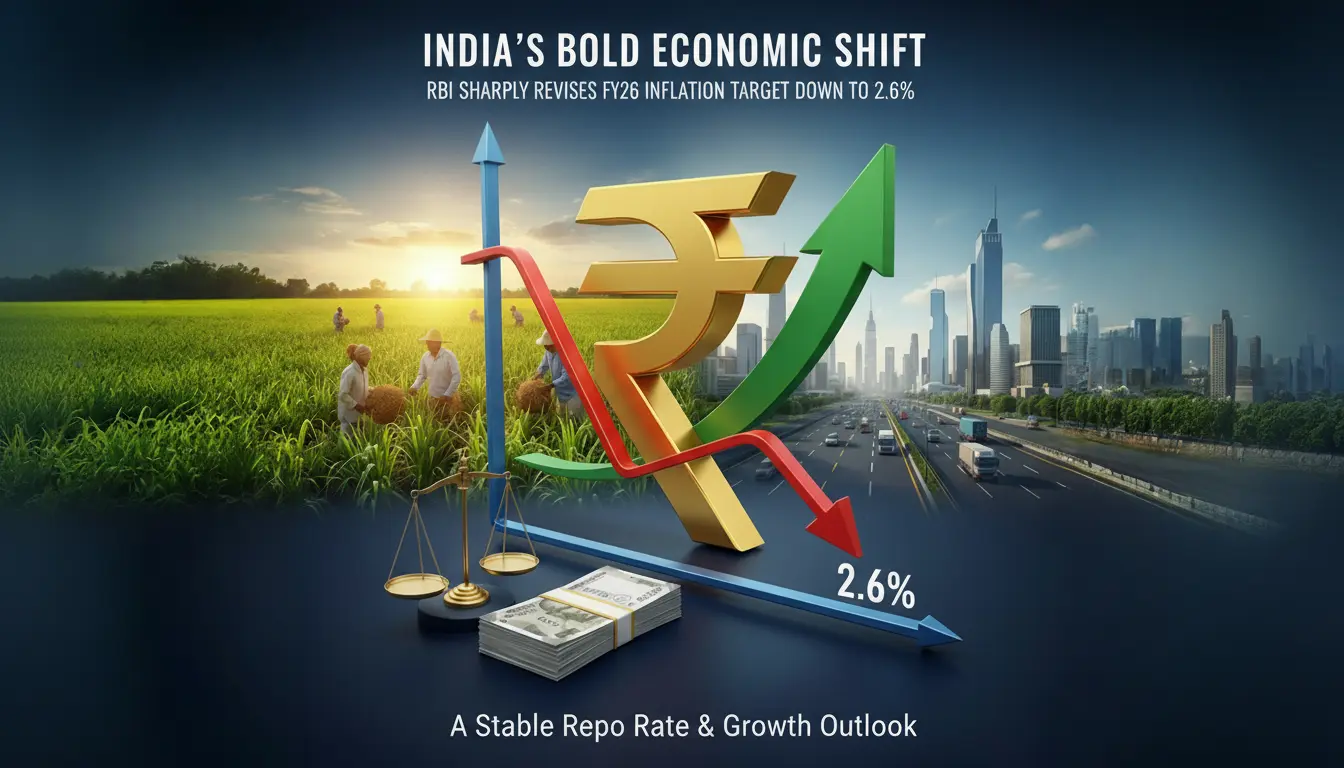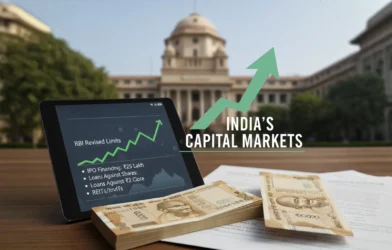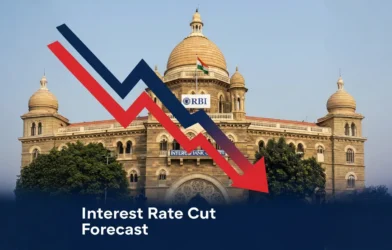In a move that has caught financial markets and analysts by surprise, the Reserve Bank of India (RBI) has sharply revised its FY26 inflation target down to 2.6%, from its earlier estimates of 3.7% in June and 3.1% in August. The announcement was made by RBI Governor Sanjay Malhotra, following the latest review by the Monetary Policy Committee (MPC).
The decision marks one of the most significant adjustments in the central bank’s inflation outlook in recent years, underscoring the confidence RBI has in the evolving macroeconomic environment. Alongside this revision, the MPC chose to keep the repo rate unchanged at 5.5%, signaling a balanced approach between fostering economic growth and ensuring price stability.
Why the Sharp Cut in Inflation Projections?
Governor Malhotra outlined several factors that contributed to the lower inflation forecast:
- Declining Food Prices: India has witnessed a consistent easing of food inflation, particularly in cereals, vegetables, and pulses. Improved agricultural productivity and better supply chain management have helped stabilize food costs.
- GST Rationalisation: The government’s continued efforts in streamlining the Goods and Services Tax (GST) regime have brought down the indirect tax burden on consumers. The rationalisation of rates across several categories has curbed inflationary pressures on household essentials and services.
- Strong Monsoon Performance: The monsoon season has been significantly above expectations this year, ensuring adequate water supply for crops and leading to bumper harvests. This agricultural boost has not only helped reduce food inflation but also provided a positive outlook for rural consumption.
Together, these factors have allowed RBI to project a sharply reduced inflation target, one that is comfortably within the central bank’s long-term inflation tolerance band of 2–6%.
A Stable Repo Rate
The MPC’s decision to maintain the repo rate at 5.5% is seen as a calculated step to maintain financial stability. While inflation expectations have cooled, growth concerns remain a priority for policymakers.
By keeping rates steady, RBI has signaled its intent to provide consistency and predictability to markets, businesses, and consumers. The unchanged rate also reflects the central bank’s cautious optimism about the economy’s resilience against global uncertainties, including volatile oil prices and external financial market risks.
Market Reactions
The move has sparked a mixed reaction in financial circles. Equity markets initially welcomed the announcement, with banking and consumer stocks seeing mild gains, reflecting optimism over lower inflation translating into better demand conditions. However, bond markets showed some hesitation, as investors recalibrated expectations of future rate cuts.
Economists have generally praised RBI’s proactive stance, though some have expressed caution, noting that risks such as global commodity price fluctuations, geopolitical tensions, and currency volatility could still pose upside risks to inflation.
Implications for Consumers and Businesses
For consumers, the revision comes as a welcome relief, particularly for households struggling with rising living costs over the past few years. Lower inflation targets, if realized, could mean:
- Slower rise in grocery and essential item prices.
- Better purchasing power for salaried households.
- A more predictable environment for personal financial planning.
For businesses, the announcement signals stability in borrowing costs. With repo rates unchanged, companies can plan investments and expansions with greater confidence. Small and medium enterprises, which often face higher borrowing costs, stand to benefit the most if inflation continues to ease, eventually creating room for future rate cuts.
The Broader Economic Outlook
India’s macroeconomic fundamentals appear to be strengthening. The RBI Governor highlighted that GDP growth is tracking in line with projections, supported by a revival in manufacturing, robust agricultural output, and resilient domestic demand.
Additionally, the government’s infrastructure spending and the private sector’s gradual recovery in investment are expected to drive growth momentum in the coming quarters.
However, the RBI has also cautioned against complacency. Risks remain from potential global supply chain disruptions, geopolitical conflicts, and climate-related shocks. The central bank reiterated its commitment to monitor these risks closely and recalibrate its policies if needed.
Looking Ahead
With FY26 inflation now targeted at 2.6%, India finds itself in a favorable position compared to many global economies still grappling with higher inflationary pressures. Central banks in the US and Europe are still balancing between inflation control and recession risks, whereas India’s relatively stable inflation and growth outlook stand out as a positive.
For RBI, the challenge ahead will be to maintain this delicate balance—ensuring inflation remains within its comfort zone while supporting sustained growth. If conditions continue to improve, the next logical step could be a gradual easing of interest rates, though policymakers are likely to proceed cautiously to avoid reigniting inflation.
Conclusion
The RBI’s decision to sharply lower its FY26 inflation target to 2.6% reflects its confidence in India’s improving economic fundamentals, aided by lower food prices, tax reforms, and strong agricultural performance. By keeping the repo rate steady at 5.5%, the central bank has opted for stability, signaling to markets and households alike that India’s macroeconomic trajectory is on a steady and positive path.
As the nation heads into the next fiscal year, this move could pave the way for greater financial stability, improved consumer confidence, and a more resilient economy, making India a relative bright spot in the global economic landscape.
Disclaimer: This article is based on information available from public sources. It has not been reported by EQMint journalists. EQMint has compiled and presented the content for informational purposes only and does not guarantee its accuracy or completeness. Readers are advised to verify details independently before relying on them.









